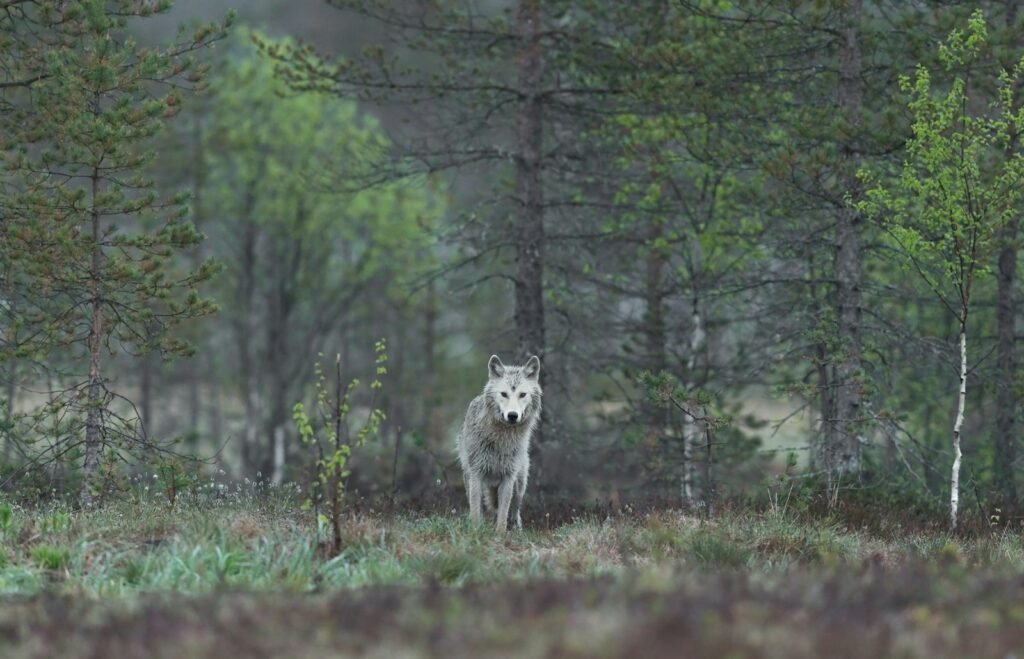Picture this: a vast ocean of grass swaying in the wind, stretching as far as the eye can see. It might look simple, even boring to some, but beneath that seemingly ordinary surface lies one of Earth’s most powerful climate regulators. Grasslands cover about 40% of our planet’s land surface, yet most people walk past them without a second thought. What they don’t realize is that these humble ecosystems are working overtime to keep our climate stable, storing massive amounts of carbon and regulating water cycles in ways that would make any high-tech climate solution jealous.
But here’s the shocking truth: we’re losing these natural climate heroes at an alarming rate. Every year, millions of acres of grasslands disappear, converted to farmland, urban sprawl, or simply degraded beyond recognition. It’s like watching someone tear pages out of a book that could save the world, one sheet at a time.
The Hidden Carbon Vaults Beneath Our Feet

Think of grasslands as nature’s underground banks, except instead of storing money, they’re hoarding carbon. While forests get all the attention for carbon storage, grasslands are quietly doing the heavy lifting below ground. Most of their biomass lives in their root systems, which can extend several feet deep into the soil.
These extensive root networks create what scientists call “soil carbon pools” – massive reservoirs of organic matter that can store carbon for decades or even centuries. When grass dies, much of it decomposes underground, feeding soil microorganisms and gradually building up layers of carbon-rich organic matter. This process is so efficient that some grassland soils contain more carbon per square meter than tropical rainforests.
The beauty of this system is its stability. Unlike trees that release their stored carbon when they burn or die, grassland carbon stays put underground, safely locked away from the atmosphere. It’s like having a savings account that never crashes.
Nature’s Air Conditioning System

Ever wonder why walking through a meadow feels so refreshing on a hot day? Grasslands function as massive natural air conditioners, cooling the surrounding environment through a process called evapotranspiration. As grass blades release water vapor into the air, they create a cooling effect that can lower local temperatures by several degrees.
This cooling isn’t just a nice bonus – it’s a crucial climate regulation mechanism. Large grassland areas can influence regional weather patterns, creating more moderate temperatures and affecting rainfall distribution. Studies have shown that converting grasslands to other land uses can increase local temperatures and alter precipitation patterns in ways that ripple out far beyond the original area.
The grass also reflects more sunlight than bare soil or many crops, helping to reduce overall heat absorption. It’s like having millions of tiny mirrors working together to keep the planet cool.
The Water Cycle’s Best Friend

Grasslands are the ultimate team players when it comes to managing water. Their dense root systems act like natural sponges, absorbing rainwater and slowly releasing it back into the atmosphere or groundwater systems. This process helps prevent both floods and droughts, creating a more stable water cycle.
When rain falls on healthy grassland, the soil structure – enriched by years of root growth and decay – can absorb water like a high-tech sponge. This prevents rapid runoff that leads to erosion and flooding downstream. During dry periods, the stored water is gradually released, maintaining soil moisture and continuing the evapotranspiration process that keeps the local climate stable.
Compare this to paved surfaces or degraded land, where water either runs off immediately or sits in pools. Grasslands essentially turn chaotic water into a steady, reliable flow that benefits entire watersheds.
The Methane Balancing Act

Here’s where things get interesting – and slightly controversial. Grasslands naturally produce some methane through soil bacteria, but they also consume it through other microbial processes. This creates a delicate balance that most intact grasslands manage remarkably well.
The soil microbiome in healthy grasslands includes methane-consuming bacteria that actively remove this greenhouse gas from the atmosphere. These tiny organisms work around the clock, essentially eating methane and converting it into less harmful compounds. Some studies suggest that intact grasslands can be net methane sinks, meaning they remove more methane than they produce.
However, this balance is fragile. When grasslands are disturbed or converted, this natural methane regulation system breaks down, potentially turning carbon sinks into carbon sources. It’s like breaking a finely tuned machine – the results can be catastrophic.
Biodiversity’s Secret Weapon
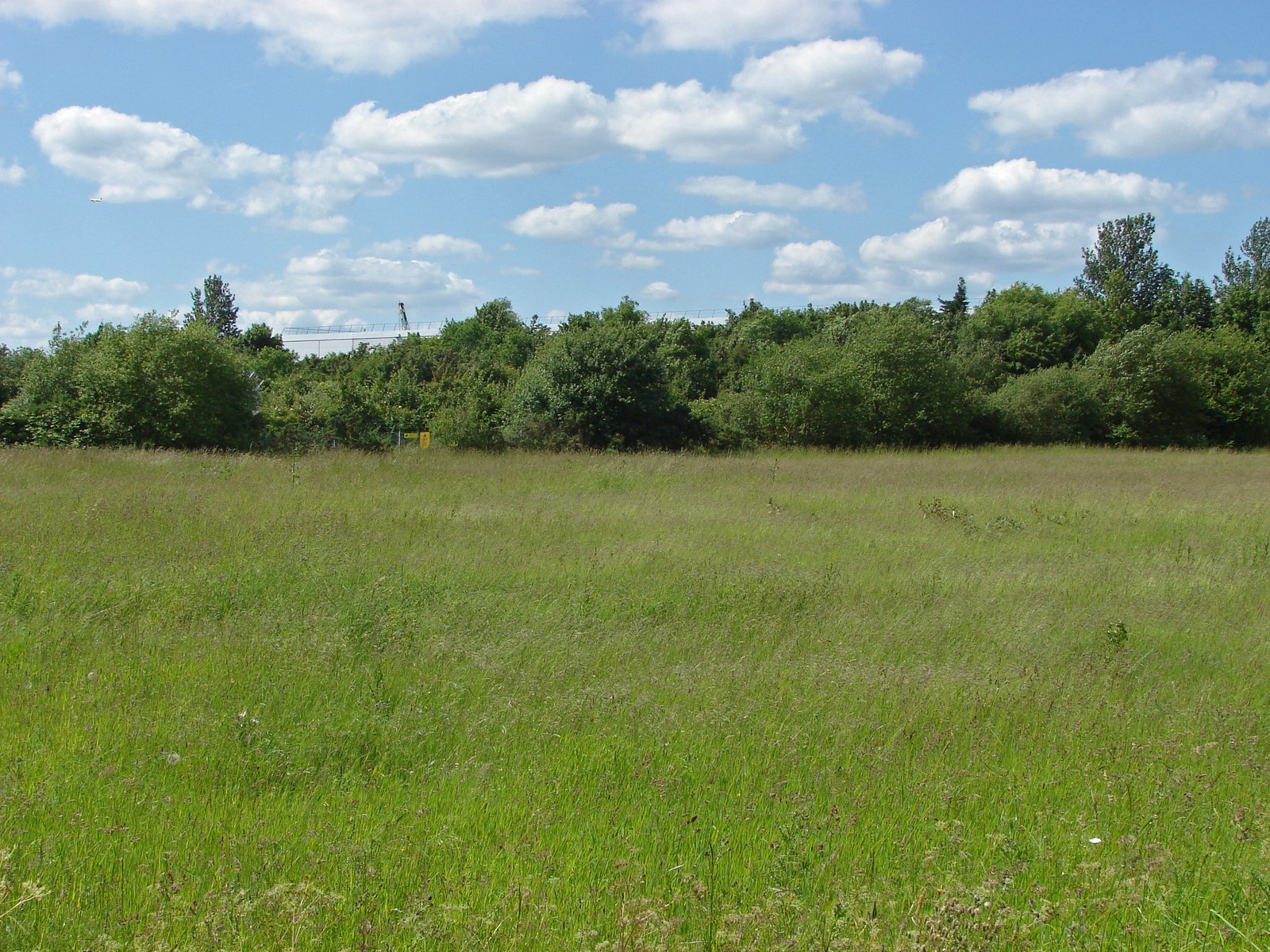
Grasslands might look monotonous from a distance, but they’re actually incredibly diverse ecosystems. This biodiversity isn’t just nice to have – it’s essential for climate stability. Different plant species have varying root depths, growth patterns, and seasonal cycles, creating a complex web of interactions that makes the entire system more resilient.
When drought hits, some grass species go dormant while others continue growing. When temperatures fluctuate, different plants respond in ways that maintain overall ecosystem function. This diversity acts like a natural insurance policy, ensuring that critical climate-regulating functions continue even when individual species are stressed.
The animal life in grasslands also plays a crucial role. From tiny soil insects that help decompose organic matter to larger herbivores that manage plant growth, each species contributes to the ecosystem’s climate-regulating capacity. Remove too many pieces of this puzzle, and the whole system starts to fall apart.
The Shocking Speed of Grassland Loss
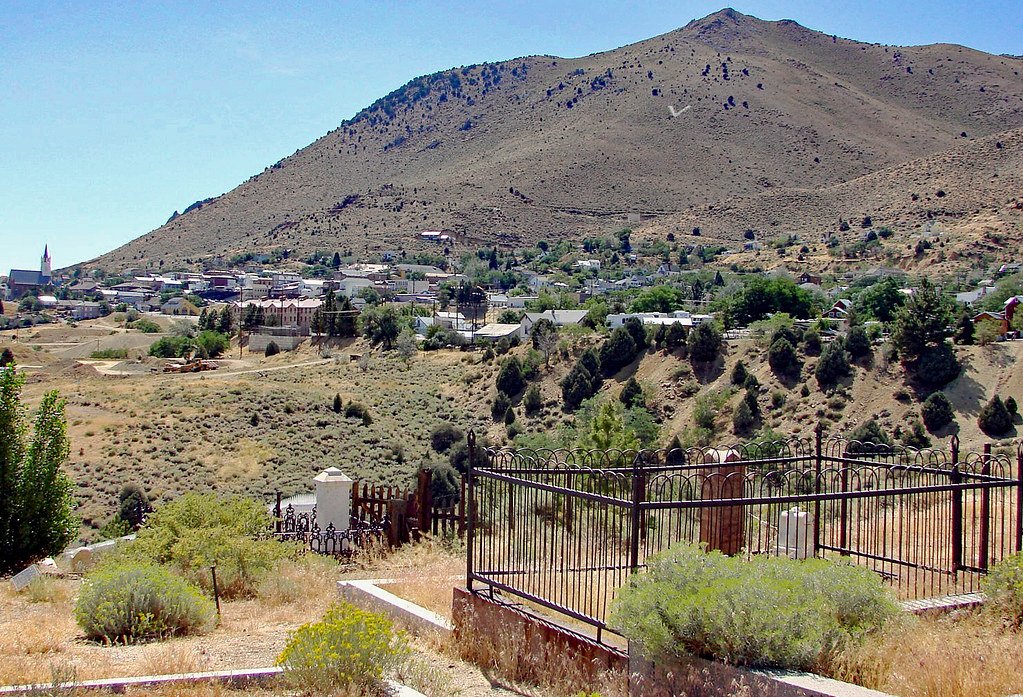
Brace yourself for this: grasslands are disappearing faster than Amazon rainforest. While deforestation grabs headlines, grassland conversion happens quietly, often without fanfare or protest. In North America alone, we’ve lost over 90% of our original tall-grass prairie, and the destruction continues at a rate of about 1.5 million acres per year.
The primary culprit is agriculture, but urban development and energy extraction also take their toll. What makes this particularly devastating is that grasslands are incredibly difficult to restore once they’re gone. Unlike forests, which can sometimes regenerate naturally, grassland restoration requires specific soil conditions, seed mixes, and management practices that can take decades to establish.
Every acre lost represents not just a piece of landscape, but a functioning climate regulation system that took centuries to develop. It’s like demolishing a cathedral to build a parking lot – except the cathedral was actively working to save the planet.
Agriculture’s Double-Edged Sword
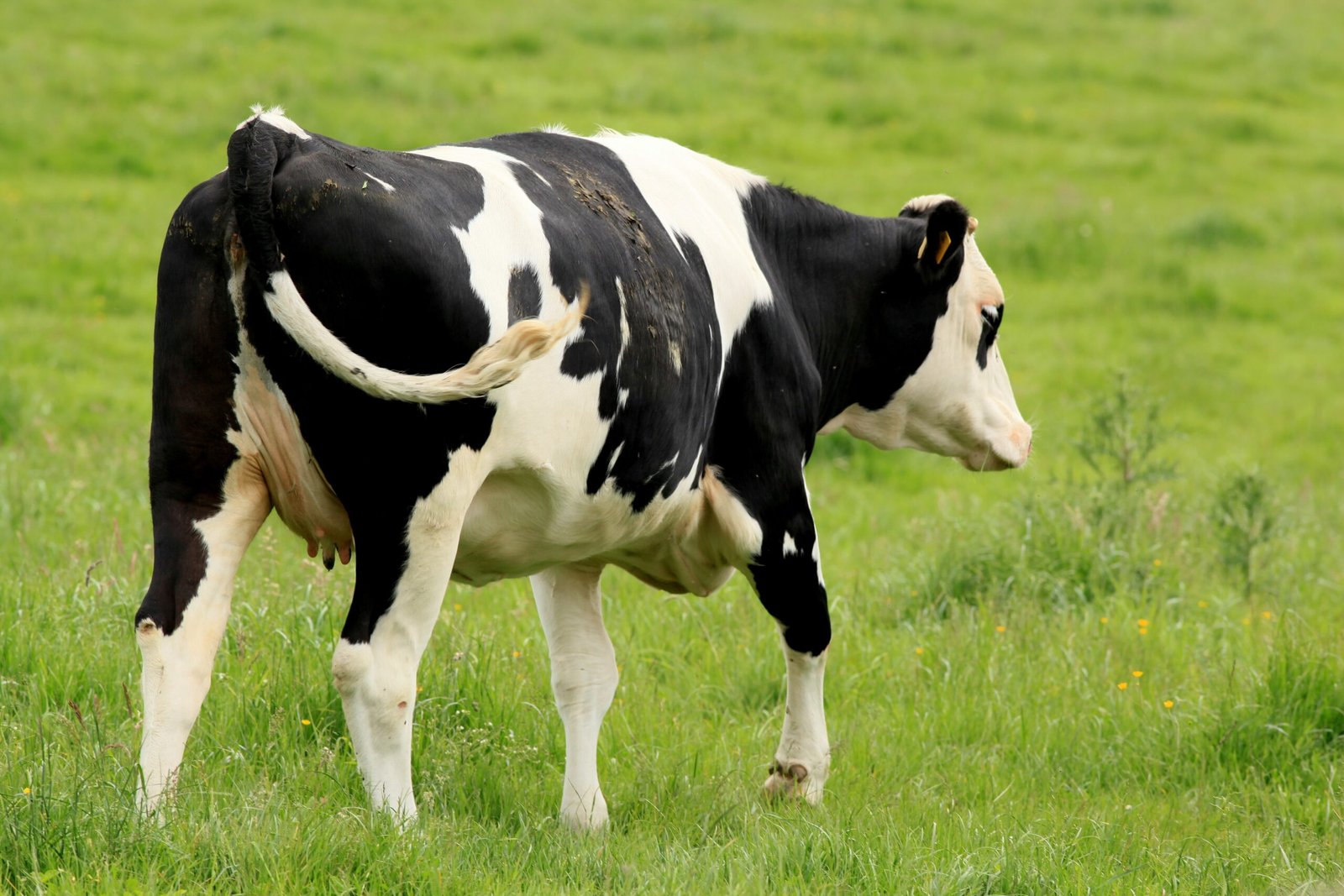
The relationship between grasslands and agriculture is complicated. While farming often replaces natural grasslands, some agricultural practices can actually maintain or even enhance their climate benefits. Grazing, when done properly, can mimic the natural disturbance patterns that grasslands evolved with.
Rotational grazing systems, where livestock are moved regularly across different areas, can actually increase soil carbon storage and improve grassland health. The key is managing the intensity and timing of grazing to match natural patterns. Well-managed grazing can stimulate root growth, increase plant diversity, and enhance soil microbial activity.
However, overgrazing or continuous grazing can destroy these benefits, turning carbon sinks into carbon sources and degrading the soil’s water-holding capacity. It’s the difference between a gentle massage and a beating – the same activity with completely different outcomes.
Fire’s Essential Role

Here’s something that might surprise you: grasslands need fire to function properly. For thousands of years, periodic fires have shaped these ecosystems, clearing away dead plant material and stimulating new growth. Without fire, many grasslands gradually convert to shrublands or forests, losing their climate-regulating benefits.
Fire in grasslands burns hot and fast, consuming above-ground vegetation while leaving the extensive root systems intact. This process actually stimulates root growth and increases the rate of carbon storage in soil. The ash left behind also provides nutrients that enhance soil fertility and support vigorous regrowth.
Modern fire suppression efforts, while well-intentioned, have disrupted this natural cycle in many areas. Without periodic burning, grasslands become choked with accumulated dead material, making them more vulnerable to destructive wildfires and less effective as climate regulators.
The Albedo Effect

Grasslands have a unique relationship with sunlight that makes them powerful climate regulators. Their light-colored surfaces reflect more solar radiation than darker surfaces like forests or bare soil. This “albedo effect” helps keep local and regional temperatures cooler, contributing to overall climate stability.
The reflective properties of grasslands vary with the seasons and management practices. During growing seasons, green grass reflects less light but provides maximum cooling through evapotranspiration. In dormant seasons, golden or brown grass reflects more light but provides less evapotranspiration cooling. This seasonal variation helps moderate temperature extremes throughout the year.
When grasslands are converted to other land uses, this natural temperature regulation is lost. Urban development and some agricultural practices can significantly reduce albedo, creating heat islands that affect local and regional climate patterns.
Soil Microbes: The Unsung Heroes
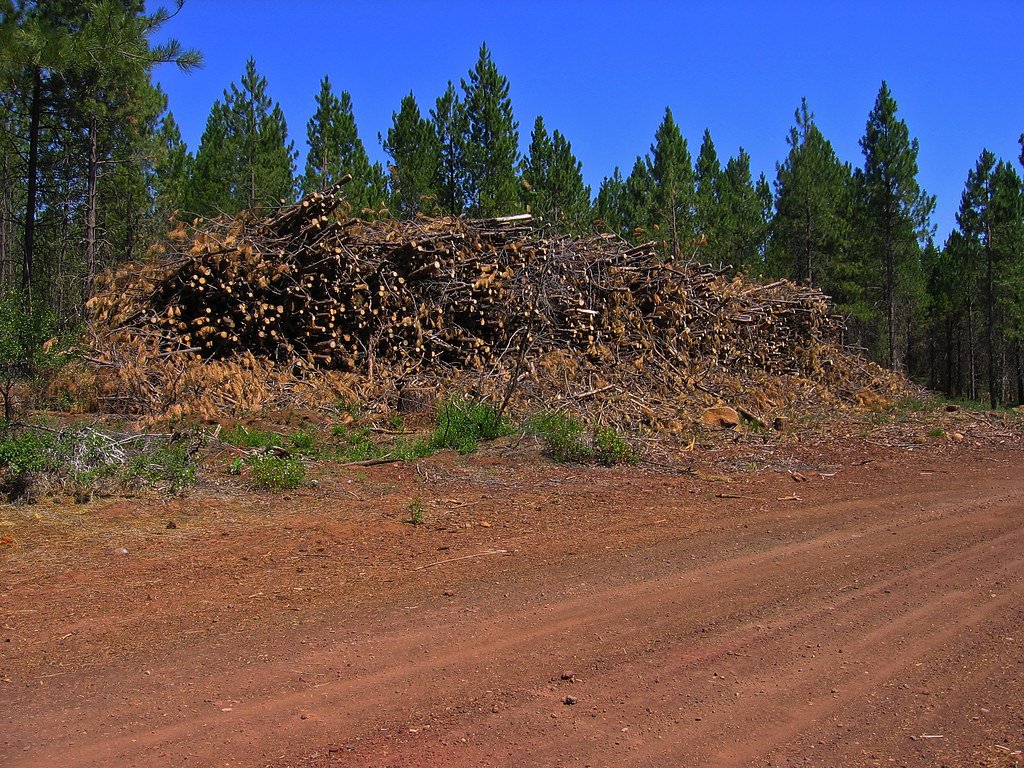
The real magic of grassland climate regulation happens in the soil, where billions of microorganisms work tirelessly to process carbon, nitrogen, and other nutrients. These microscopic creatures are the engine that drives the entire system, and their health directly affects the grassland’s ability to regulate climate.
Soil microbes in grasslands form complex networks with plant roots, trading nutrients for carbon compounds. This partnership, called the “rhizosphere,” creates a highly efficient system for capturing and storing atmospheric carbon. The microbes essentially mine carbon from the air through their plant partners and deposit it in the soil bank.
Different types of microbes specialize in different processes – some break down organic matter, others fix nitrogen, and still others consume methane. This microbial diversity is crucial for maintaining the complex chemical processes that keep grasslands functioning as climate regulators. Disturb this underground community, and the entire system can collapse.
Climate Change Feedback Loops

As climate change accelerates, grasslands face increasing pressure from droughts, extreme weather events, and shifting precipitation patterns. Paradoxically, the degradation of grasslands can accelerate climate change, creating dangerous feedback loops that make the problem worse.
When grasslands are stressed by drought or heat, they can switch from carbon sinks to carbon sources, releasing stored carbon back into the atmosphere. This released carbon contributes to further warming, which puts additional stress on remaining grasslands. It’s like a vicious cycle where the solution becomes part of the problem.
Some grassland species are already shifting their ranges as temperatures change, but the rate of climate change may be faster than their ability to adapt. This creates gaps in coverage that can destabilize entire ecosystems and reduce their climate-regulating capacity.
The Economics of Grassland Conservation
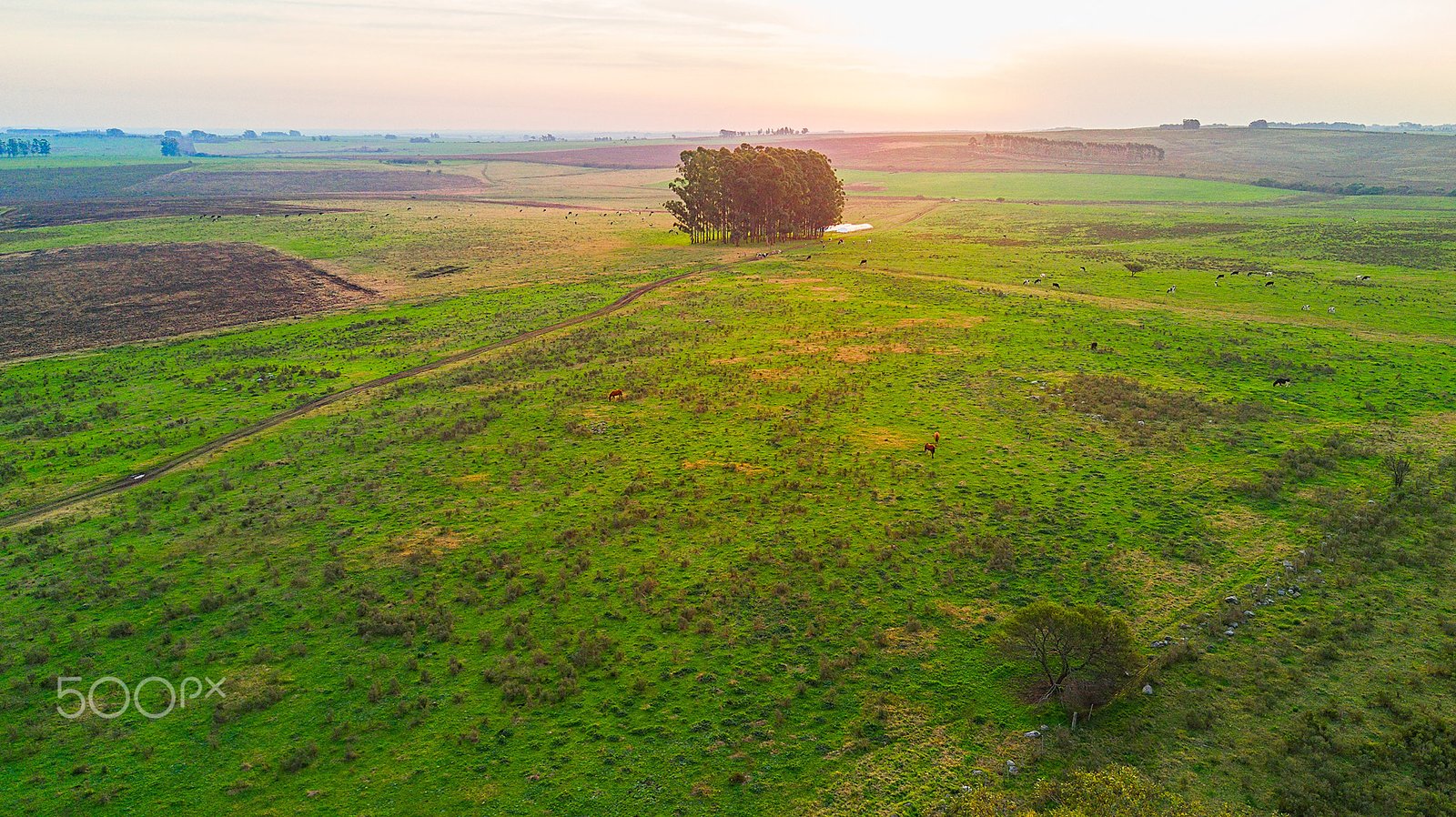
Protecting grasslands isn’t just an environmental issue – it’s an economic one. The climate services provided by grasslands are worth billions of dollars annually, yet these benefits are rarely factored into land-use decisions. It’s like having a money-making machine that everyone ignores because it works quietly in the background.
Carbon markets are beginning to recognize the value of grassland carbon storage, creating new economic incentives for conservation. Some ranchers and landowners are now being paid to maintain or restore grasslands, finally putting a price tag on these essential climate services.
The cost of losing grasslands extends beyond carbon storage. Increased flooding, drought, and extreme weather events caused by their loss can cost communities millions of dollars in damages. Investing in grassland conservation is essentially buying insurance against climate disasters.
Urban Grasslands: Hidden Climate Heroes
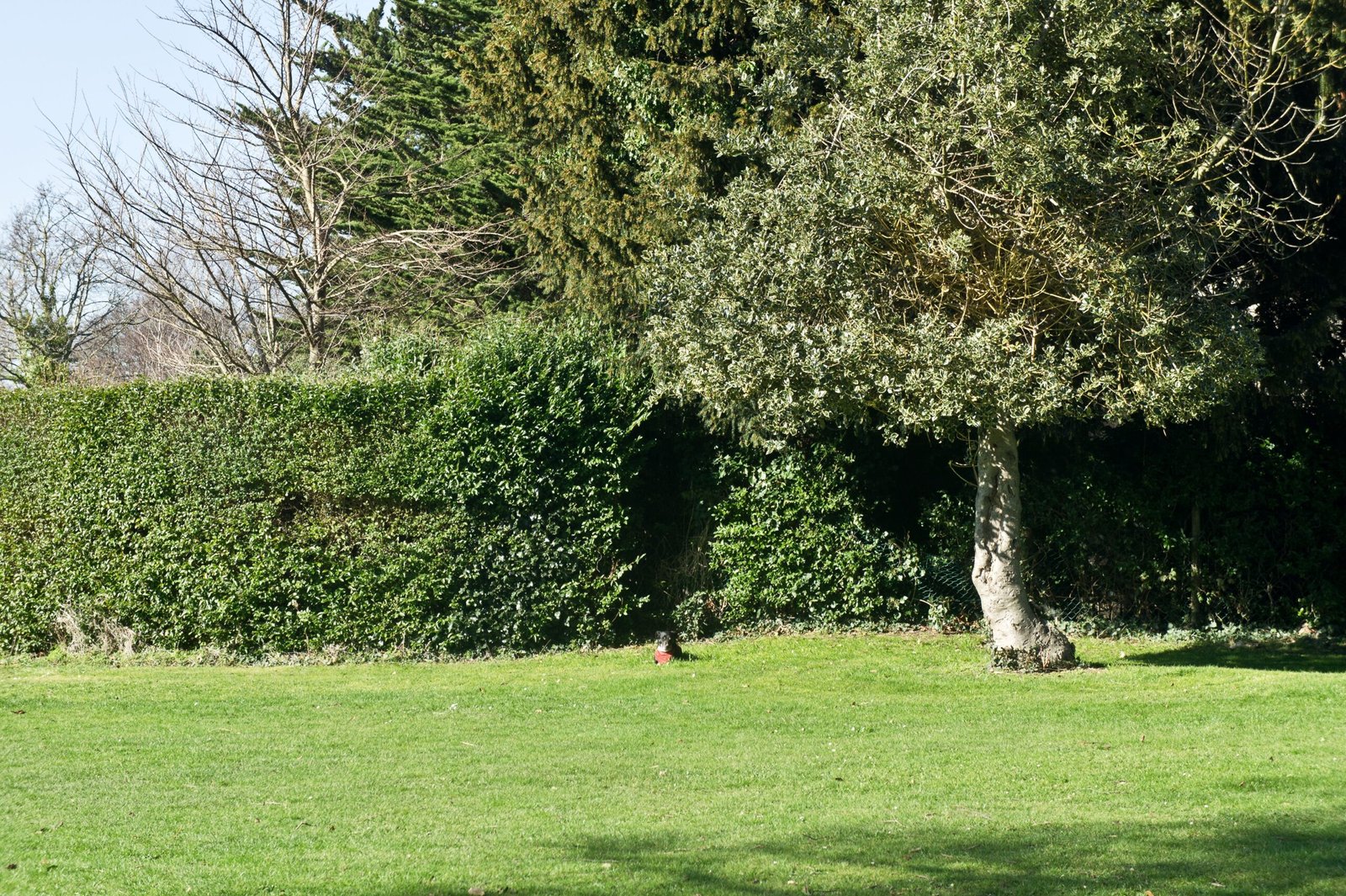
Even in cities, grasslands can play a crucial role in climate regulation. Urban parks, golf courses, and other grassy areas provide cooling, carbon storage, and water management services that help moderate the urban heat island effect. These green spaces are like air conditioning units that never need electricity.
The challenge is that urban grasslands are often managed as decorative landscapes rather than functional ecosystems. Frequent mowing, fertilization, and irrigation can actually reduce their climate benefits. Native grass species, allowed to grow naturally, can provide much better climate regulation than maintained turf.
Cities that embrace urban grassland restoration can significantly improve their climate resilience. These projects also provide education opportunities, helping urban residents understand the importance of these often-overlooked ecosystems.
Restoration: Bringing Back the Balance

The good news is that grasslands can be restored, though it requires patience, expertise, and commitment. Successful restoration projects are demonstrating that it’s possible to bring back the climate benefits of grasslands, even in areas that have been heavily modified.
Grassland restoration involves more than just planting grass. It requires rebuilding soil communities, reestablishing native plant diversity, and sometimes reintroducing natural disturbance patterns like fire. The process can take years or even decades to fully establish, but the climate benefits begin almost immediately.
Some of the most successful restoration projects combine scientific expertise with traditional knowledge from indigenous communities who managed grasslands for thousands of years. These partnerships are revealing new approaches to restoration that are both more effective and more sustainable.
The Role of Policy and Protection

Protecting existing grasslands and restoring degraded ones requires coordinated policy efforts at local, national, and international levels. Currently, grasslands receive far less protection than forests, despite their crucial role in climate regulation. This policy gap is like ignoring half the fire department during an emergency.
Conservation programs that pay landowners to maintain grasslands are showing promise, but they need to be expanded and better funded. Carbon credit systems that recognize grassland carbon storage are also emerging, creating market-based incentives for conservation.
International agreements on climate change are beginning to recognize the importance of grasslands, but much more work is needed to ensure these ecosystems receive the protection they deserve. The window for action is closing rapidly as grasslands continue to disappear at alarming rates.
Technology and Monitoring

Modern technology is revolutionizing our ability to understand and monitor grassland ecosystems. Satellite imagery, soil sensors, and genetic analysis are providing new insights into how these systems function and how they’re changing. This technology is like having a stethoscope for the planet’s heartbeat.
Remote sensing can track grassland health, carbon storage, and conversion rates in real-time, providing early warning systems for degradation. Soil sensors can monitor carbon levels, moisture content, and microbial activity, helping land managers optimize their conservation efforts.
Genetic analysis of soil microbes is revealing the complex relationships that drive grassland climate regulation. This knowledge is being used to develop better restoration techniques and to identify the most climate-beneficial grassland management practices.
Individual Actions That Make a Difference
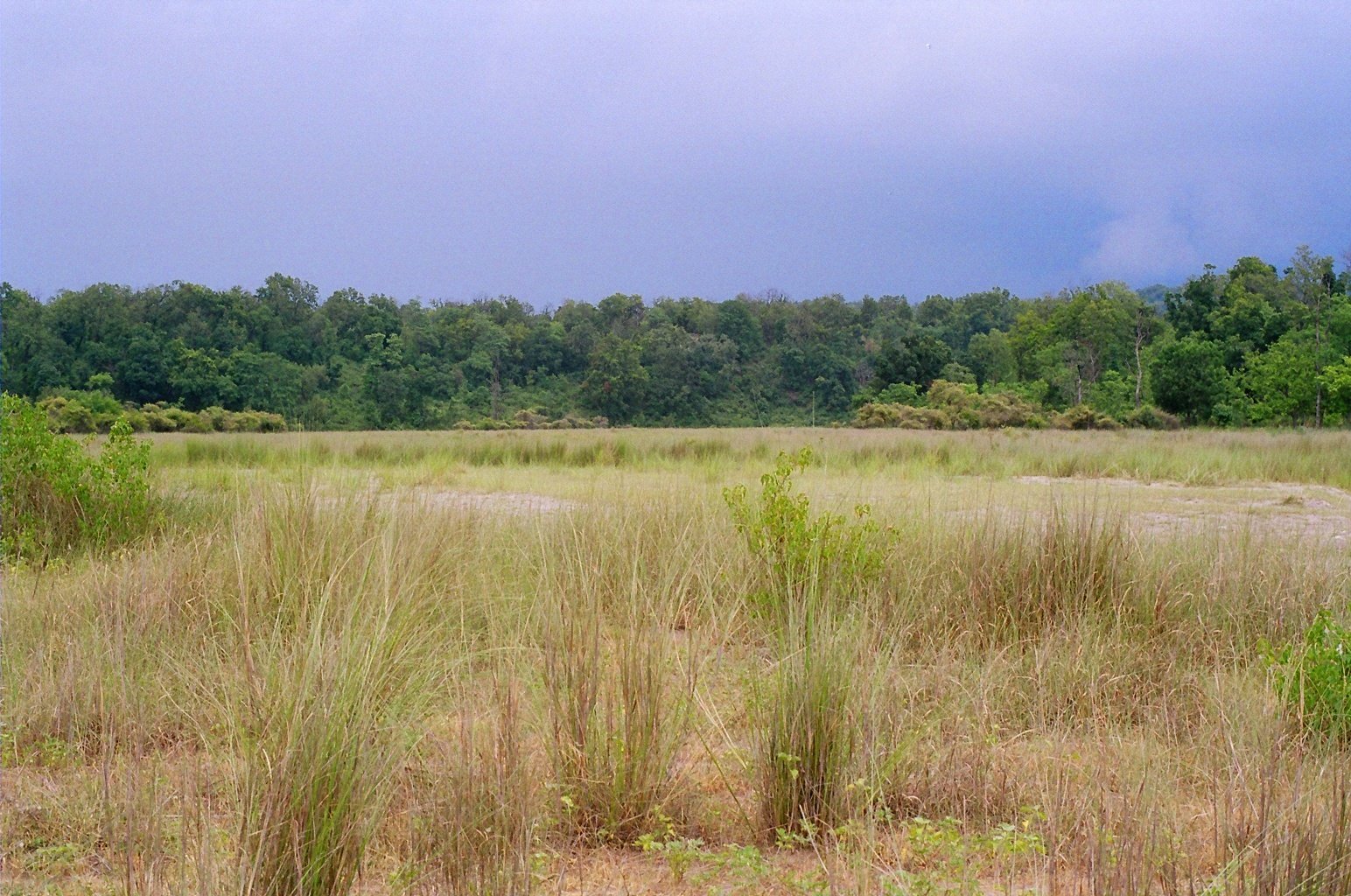
While grassland conservation might seem like a job for governments and large organizations, individuals can make a significant difference. Supporting grassland-friendly agricultural products, advocating for conservation policies, and even maintaining native plants in yards and gardens all contribute to the solution.
Choosing grass-fed meat from operations that practice rotational grazing supports farming methods that maintain grassland health. Purchasing carbon offsets from grassland restoration projects can help fund conservation efforts. Even small actions like planting native grasses in urban areas can contribute to climate regulation.
Education and awareness are perhaps the most important individual contributions. Grasslands suffer from a lack of public appreciation and understanding. Sharing knowledge about their importance and advocating for their protection can help build the political and social support needed for large-scale conservation efforts.
The Future of Grassland Climate Regulation

The future of grasslands – and their crucial role in climate stability – hangs in the balance. Climate change, land conversion, and degradation are accelerating, but so is our understanding of how to protect and restore these vital ecosystems. It’s a race between destruction and conservation, and the outcome will significantly impact our planet’s climate future.
Emerging technologies and management practices offer hope for maintaining and enhancing grassland climate benefits. Precision agriculture, improved grazing systems, and advanced restoration techniques are making it possible to combine productive land use with climate regulation.
The key to success will be recognizing grasslands as essential climate infrastructure and investing in their protection and restoration accordingly. This means changing how we value land, how we make land-use decisions, and how we think about climate solutions.
The story of grasslands is ultimately a story about hidden power – the ability of seemingly simple ecosystems to regulate our planet’s climate in ways that scientists are only beginning to understand. These vast expanses of grass are not empty spaces waiting to be developed; they are sophisticated climate machines that have been fine-tuned by millions of years of evolution.
As we face the mounting challenges of climate change, the loss of grasslands represents more than just an environmental tragedy – it’s the dismantling of one of our most powerful natural climate solutions. The carbon stored in grassland soils, the cooling provided by their evapotranspiration, and the water regulation services they provide are worth more than any technology we could develop to replace them.
The choice before us is clear: we can continue to treat grasslands as expendable landscapes, or we can recognize them as the climate heroes they are and act accordingly. The science is clear about their importance, the technology exists to monitor and restore them, and the economic incentives are beginning to align with conservation goals.
But time is running out. Every day we delay action, more grasslands disappear, taking with them centuries of accumulated climate benefits. The question isn’t whether we can afford to protect grasslands – it’s whether we can afford not to. What will it take for us to finally see these humble ecosystems for what they truly are?


